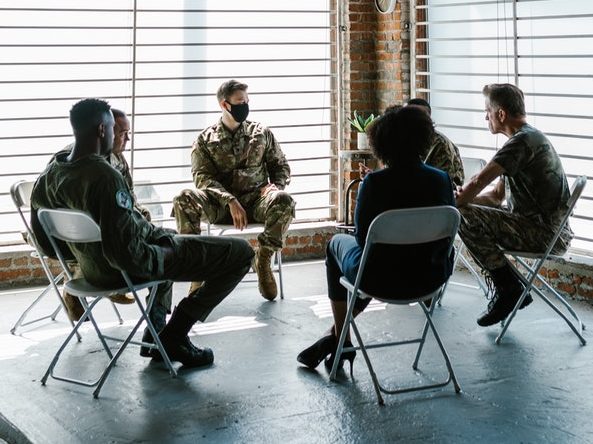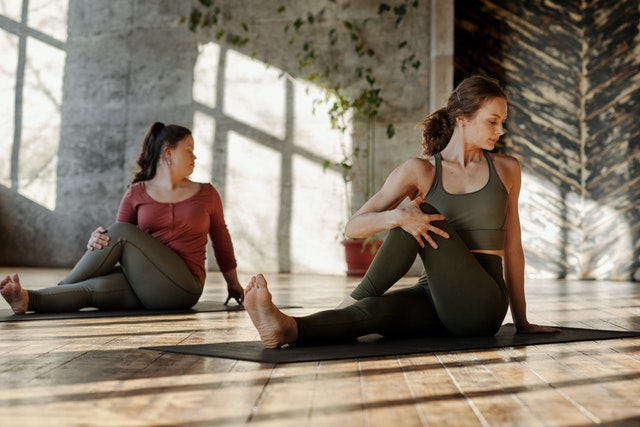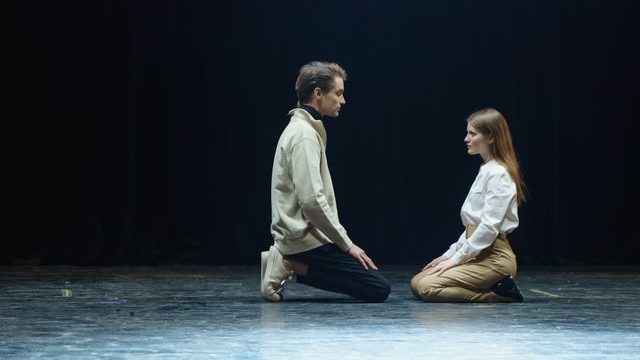A book I highly recommend for understanding how trauma impacts the brain, mind and body is “The Body Keeps the Score: Brain, Mind, and Body in the Healing of Trauma” by Bessel van der Kolk.
Trauma can result from abuse as a child or adult, a serious accident or wartime combat and can lead to a host of physical and emotional issues, including sleep, focus and attention issues, nightmares, hypervigilance, muscle and joint pain and reactivity. It rewires the brain to put people in a constant state of stress or numbness. In his book, van der Kolk explores how diagnosing and treating trauma has evolved as new research, technologies and fields of science have emerged.
Based on the new knowledge that has evolved about the processes that underlie trauma, innovative methods that “utilize the brain’s own natural neuroplasticity” can be used to help trauma survivors move forward in their lives. Van der Kolk suggests that there are three avenues to help survivors and that most people require a combination of these:
- top down, by talking, (re-) connecting with others, and allowing ourselves to know and understand what is going on with use, while processing the memories of the trauma;
- by taking medicines that shut down inappropriate alarm reactions, or by utilizing other technologies that change the way the brain organizes information, and
- bottom up: by allowing the body to have experiences that deeply and viscerally contradict the helplessness, rage, or collapse that result from trauma.”
Parts 1 – 4 of his book cover the history of our understanding of trauma and the revolution of neuroscience, what the brain on trauma looks and feels like, trauma in children, and the imprint of traumatic memories. Part 5, which I’m focusing on, is about paths to recovery.

Paths to Recovery
Van der Kolk talks about many paths that, used in combination, can lead to recovery from trauma. Below are very brief summaries of each of the approaches. The books brings each of these to life through client stories and experiences using each approach.
Owning Your Self
“The challenge of recovery is to re-establish ownership of your body and your mind–of your self. This means feeling free to know what you know and to feel what you feel without becoming overwhelmed, enraged, ashamed, or collapsed. For most people this involves:
- finding a way to become calm and focused
- learning to maintain that calm in response to triggers
- finding a way to be fully alive in the present and engaged with others
- not having to keep secrets from the self including the ways the person has managed to survive”
Modalities such as neurofeedback, yoga, conscious breathing, chanting , mindfulness, qigong and supportive relationships and community, touch, cognitive behavioural therapy (CBT), somatic experiencing, medication when necessary can all help to regulate a hyper-aroused nervous system. The key is to take action and use one or more of these methods.
Language
Language is about the importance of acknowledging and naming what happened. This may happen in individual or group therapy and/or with close friends/family. Awareness of the body and body sensations is critical in creating language around the trauma. It’s more than voicing the trauma, it’s also about discovering where the trauma registers in the body. Writing, art or dance can be helpful avenues to finding language for trauma.
Leaving the Past Behind: EMDR (Eye Movement Desensitization and Reprocessing)
EMDR therapy is a phased, focused approach to treating trauma by reconnecting the traumatized person in a safe and measured way to the images, self-thoughts, emotions and body sensations associated with the trauma, and allowing the natural healing powers of the brain to move toward an adaptive resolution. This definition is from a Psycom article by John Riddle. Van der Kolk provides several examples of how it was used successfully with his patients.

Learning to Inhabit Your Body: Yoga
“One of the ways the memory of helplessness is stored is as muscle tension or feeling of disintegration in the affected body areas: head, back, limbs, and/or sexual organs.” Yoga, through breath practices, stretches and mindfulness can help to regulate the nervous system, assist people to be more aware of what is happening in the body through the various poses, and eventually lead to increased feeling of safety in their body and the ability to express feelings more easily.
Neurofeedback
Neurofeedback interrupts the brain circuitry that is keeping the state of fear, shame and rage consistently going. As the fear patterns relax, the automatic stress reactions decrease, and the brain is able to focus more on everyday events. “Neurofeedback simply stabilizes the brain and increases resiliency, allowing us to develop more choices in how to respond. “
Self-Leadership – Schwartz’s Internal Family Systems Therapy (IFS)
“At the core of IFS is the notion that the mind of each of us is like a family in which the members have different levels of maturity, excitability, wisdom, and pain. The parts form a network or system in which change in any one part will affect all the others….IFS recognizes that the cultivation of mindful self-leadership is the foundation for healing from trauma…The internal leader must wisely distribute the available resources and supply a vision for the whole that takes all the parts into account.”
Movement, Theatre and Dance
“Our sense of agency, how much we feel in control, is defined by our relationship with our bodies and its rhythms…Acting is an experience of using your body to take your place in life.”
“Collective movement and music create a larger context for our lives…Music binds together people who might individually be terrified but who collectively become powerful advocates for themselves and others. Along with language, dancing, marching, and singing are uniquely human ways to install a sense of hope and courage.
This is a very brief summary of The Body Keeps the Score and I hope it inspires you to read the book in its entirety. It is an excellent resource and well worth the read. Van der Kolk makes complex material user friendly for the reader and the stories of trauma survivors who have been able to recover from their trauma are truly inspiring.

